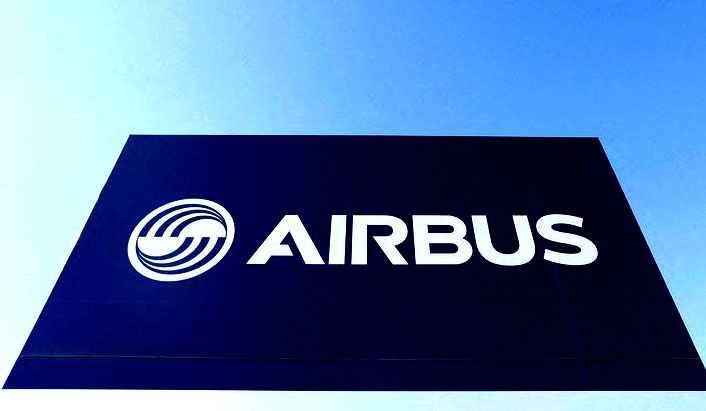Airbus Boosts 20-Year Delivery Forecast, Anticipates Increased Replacements

Airbus, the prominent European aircraft manufacturer, has recently revised its 20-year projection for new airplane deliveries. While the company anticipates an increase in deliveries, it has slightly tempered its growth forecast for the global airline fleet. This adjustment is primarily driven by the industry’s emphasis on replacing aging aircraft.
According to Airbus, the latest forecast indicates a total of 40,850 deliveries over the next two decades, surpassing the previous estimate of 39,490 provided last year. The company has also revised its prediction for freighter deliveries, raising the figure to 920 from the previous 890 jets. Consequently, the projected number of passenger plane deliveries amounts to 39,930. Airbus has specified that approximately 80% of these deliveries would consist of single-aisle jets, such as the Airbus A320neo or Boeing’s 737 MAX.
Furthermore, Airbus has significantly increased its forecast for the replacement of older aircraft during the same period. The number of units expected to be replaced now stands at 17,170, compared to the previous estimate of 15,440. This upward adjustment reflects a combination of factors, including a backlog in retiring planes over the past few years and the permanent withdrawal of grounded aircraft that will not return to service. Bob Lange, Airbus’ senior vice president for business analysis and market forecast, explained the catch-up effect associated with these retirements and withdrawals.
Following the drastic reduction in the number of planes in operation throughout the COVID-19 pandemic, with numerous aircraft remaining grounded worldwide, airlines have resorted to prolonging the service life of older planes. This approach aims to address supply chain challenges and meet the sudden surge in demand. As the need for aircraft replacements is expected to rise, Airbus now predicts that approximately 58% of deliveries will be allocated to accommodate fleet growth, down slightly from the previous forecast’s 60%.
Notably, this subject has sparked concern within the industry, with environmental groups questioning whether the expansion of airlines aligns with the sector’s environmental objectives. Planemakers assert that the delivery of energy-efficient new aircraft will significantly contribute to emissions reduction, complementing the use of alternative fuels and more streamlined operations.
According to Airbus’ projections, the global fleet is projected to more than double, reaching 46,560 aircraft by 2042. This figure represents a substantial increase from the pre-COVID level of 22,880 units at the beginning of 2020. Interestingly, the latest forecast reveals a lower estimate for the fleet’s size at the end of the projected period, amounting to 46,930 aircraft. This adjustment is primarily attributed to the anticipated deceleration in growth and an increase in aircraft retirements.
The release of this forecast coincides with a period in which airlines are actively placing orders to renew their fleets, reflecting their confidence in the industry’s future prospects.
Airbus bases its projections on a medium scenario, assuming a 3.6% growth rate in air traffic. However, this scenario may face various headwinds, such as environmental regulations and challenges related to energy supplies. On the other hand, tailwinds may arise from further liberalization and a more stable global order.
Asia, led by India and China, is expected to experience the strongest growth, with India remaining the world’s fastest-growing market, as outlined in Airbus’ forecast.





